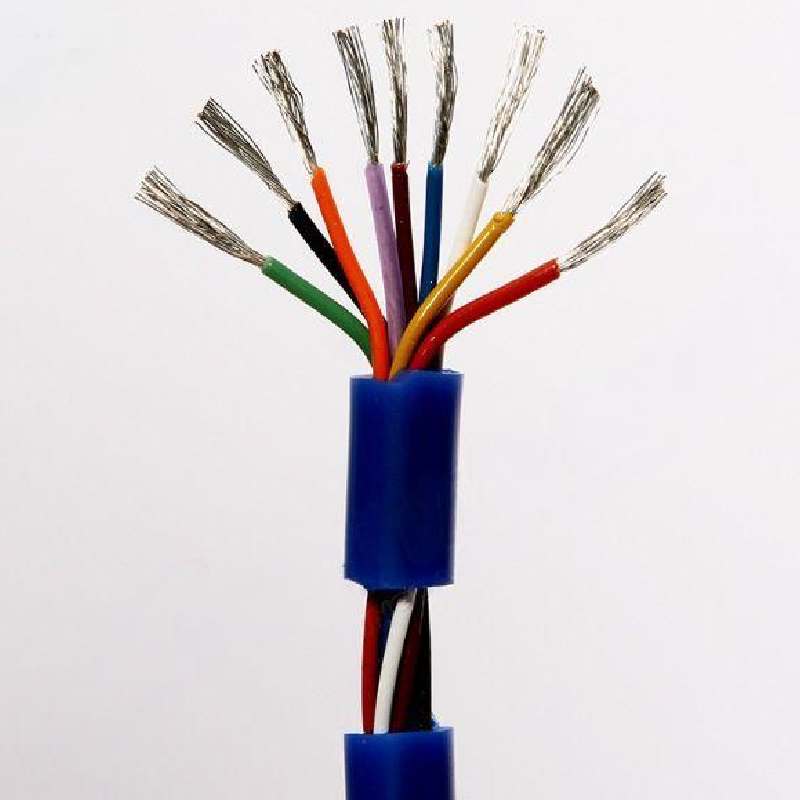nóv . 19, 2024 09:42 Back to list
Understanding Foot Check Valves and Their Applications in Fluid Systems
Understanding Foot Check Valves Essential Components in Fluid Control
Foot check valves are vital components in various fluid handling systems, primarily used in water supply and irrigation applications. Their primary function is to prevent backflow, ensuring that fluids flow in one direction only. This seemingly simple task is crucial for maintaining system integrity and preventing contamination.
What is a Foot Check Valve?
A foot check valve is a type of one-way valve that is installed at the bottom of a suction line, typically submerged in the fluid source, such as a well or a reservoir. Its design allows fluid to flow from the source into the pump or pipeline while preventing reverse flow when the pump is turned off or during low demand periods. This is especially important in applications where the potential for backflow could lead to pump damage or contamination of the fluid supply.
How Does It Work?
The operation of a foot check valve is relatively straightforward. When the pump is activated, the fluid creates pressure that opens the valve, allowing the liquid to flow upward into the pump's suction line. When the pump is turned off, the lack of pressure causes the valve to close, preventing any backward movement of the fluid. Most foot check valves incorporate a spring mechanism or a weighted flap to ensure reliable closure and function.
Advantages of Foot Check Valves
1. Prevention of Backflow The primary advantage of foot check valves is their ability to prevent backflow, safeguarding the system from potential contamination and damage.
foot check valve

2. Simplicity and Reliability Foot check valves are generally simple in design, which translates to high reliability and low maintenance requirements.
3. Cost-Effectiveness Compared to more complex systems, foot check valves are relatively inexpensive, making them a cost-effective solution for many applications.
4. Versatility These valves can be used in various industries, including agriculture, municipal water systems, and even residential applications, demonstrating their versatility.
Installation and Maintenance
Installation of a foot check valve is straightforward but should be done carefully to ensure proper orientation and sealing. It is essential to place the valve at the appropriate depth to ensure it remains submerged in the fluid source and operates effectively. Regular maintenance is recommended to check for wear or damage, as any malfunction can lead to significant issues in the fluid handling system.
Conclusion
Foot check valves play a crucial role in fluid control systems, especially in preventing backflow and protecting pumps and other equipment from damage. Their simplicity, reliability, and cost-effectiveness make them an essential component in a wide range of applications. Understanding how foot check valves work and their benefits can help engineers and end-users optimize their systems for better performance and safety. To ensure optimal functionality, selecting the right foot check valve and adhering to proper installation and maintenance practices are paramount.
Share
-
priming-a-pump-with-a-foot-valve-with-strainerNewsAug.23,2025
-
the-importance-of-a-y-strainer-in-pump-protectionNewsAug.23,2025
-
stainless-steel-ball-check-valve-for-high-purity-applicationsNewsAug.23,2025
-
common-applications-for-wafer-type-butterfly-valvesNewsAug.23,2025
-
seat-options-for-a-12-inch-knife-gate-valveNewsAug.23,2025
-
the-lifespan-of-a-typical-dismantling-jointNewsAug.23,2025


